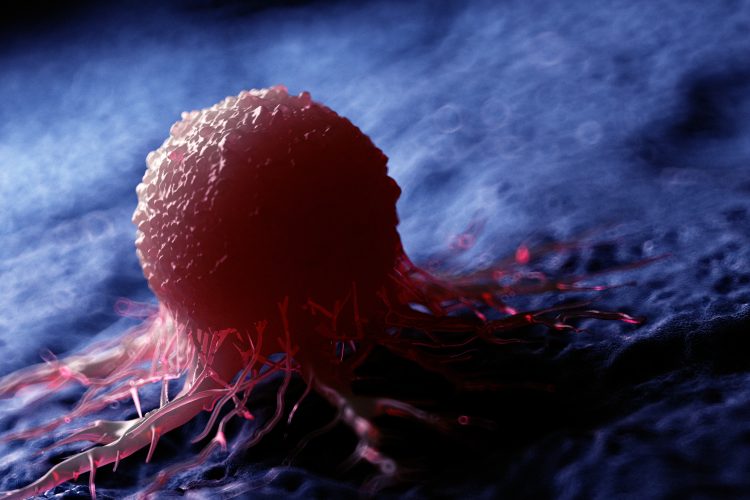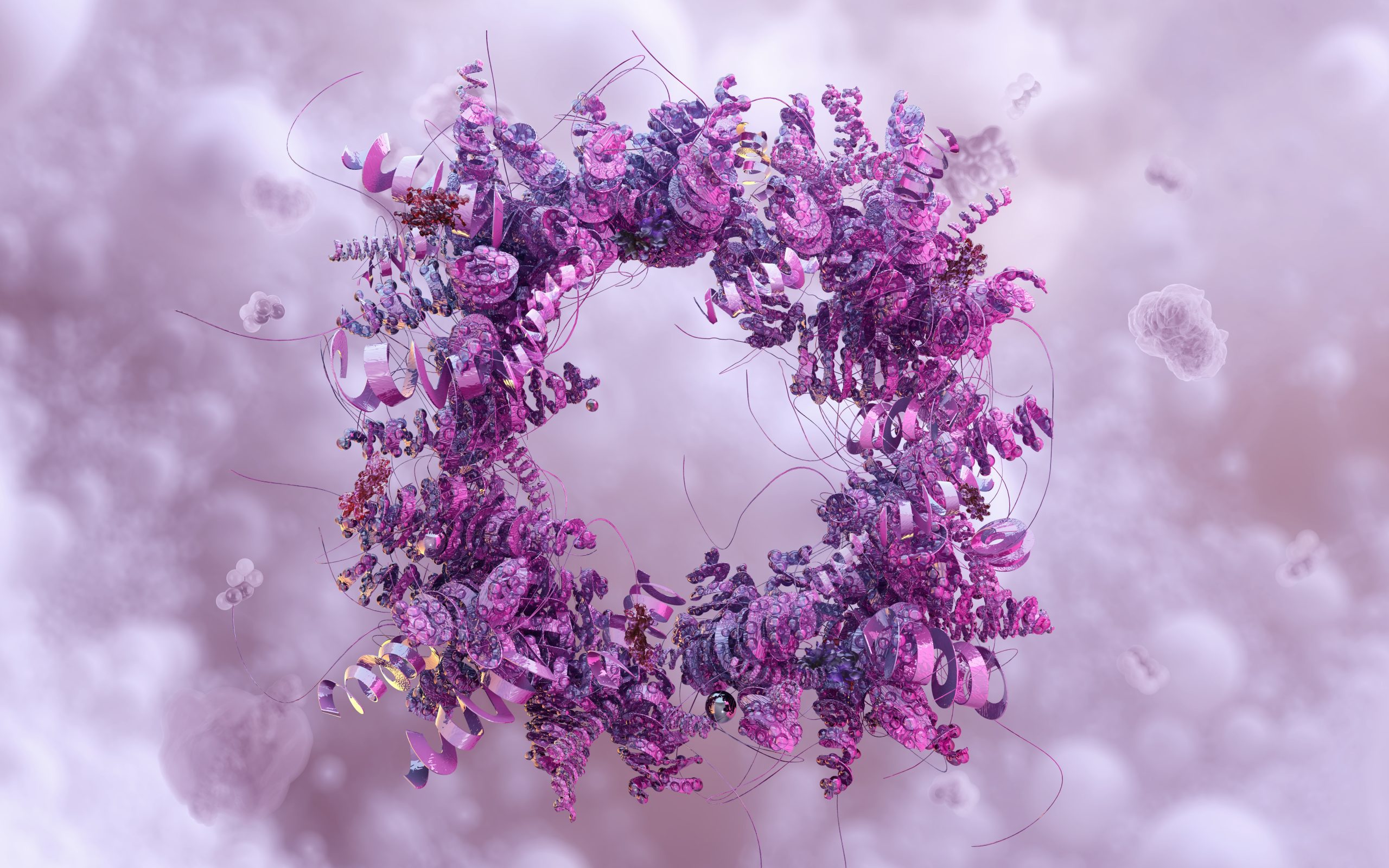New genetic mechanism could lead to RNA therapies for mental health
Researchers at the Medical University of South Carolina have discovered a key genetic mechanism that could lead to RNA-based therapies for psychiatric disorders triggered by emotional experiences.

































